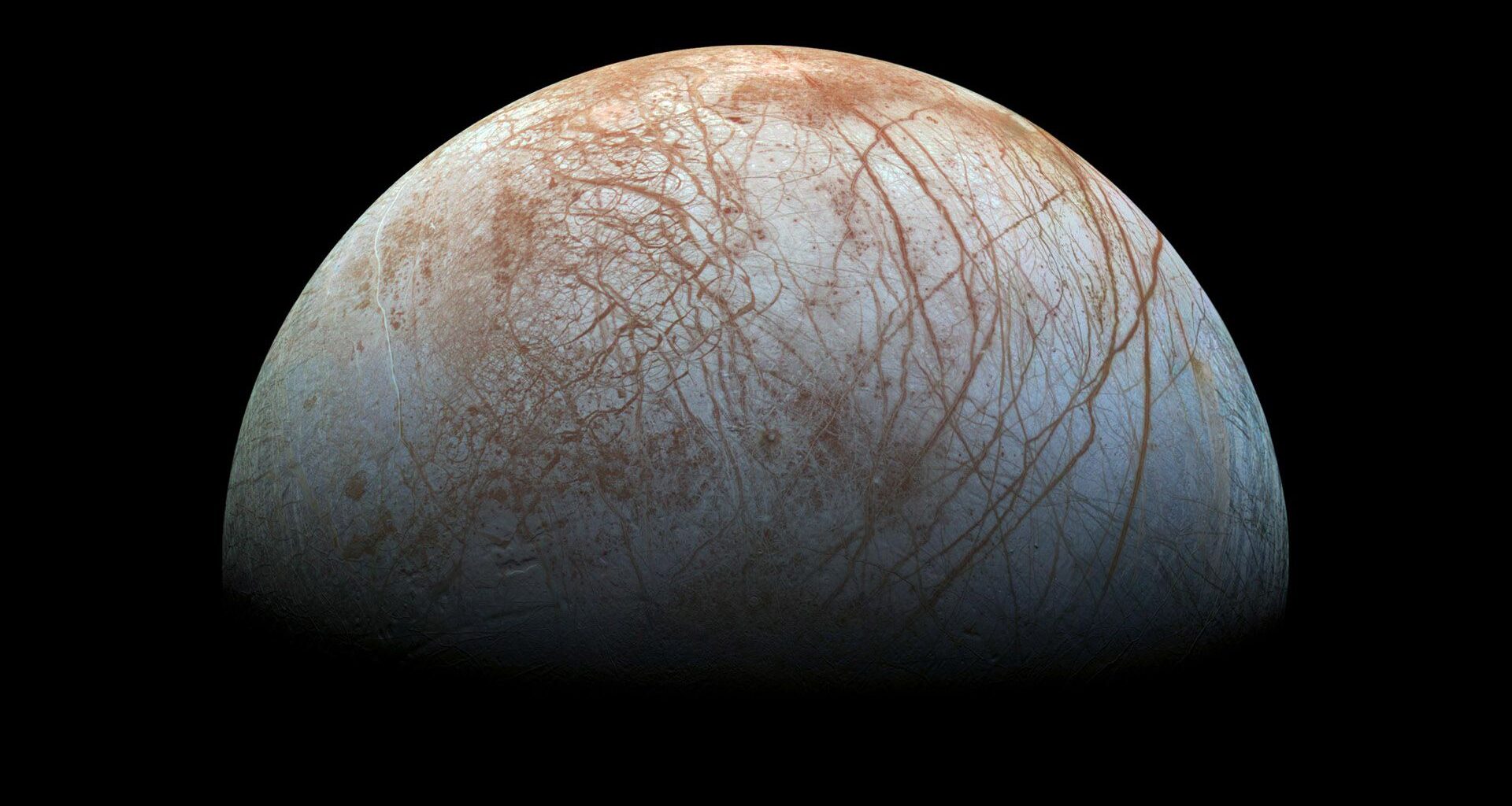A new laser concept could revolutionize how we explore the frozen worlds of our solar system.
When scientists dream of exploring the hidden oceans beneath the icy crusts of moons like Jupiter’s Europa or Saturn’s Enceladus — or other icy regions, such as permanently shadowed lunar craters or ice-bearing soils near the Martian poles — one major problem stands in the way: drilling through the ice.
Traditional drills and melting probes are heavy, complex and consume vast amounts of power. Now, researchers at the Institute of Aerospace Engineering at Technische Universität Dresden in Germany have developed a promising new solution — a laser-based ice drill that can bore deep, narrow channels into ice while keeping both mass and energy requirements low.
You may like
“We’ve created a laser drill that enables deep, narrow and energy-efficient access to ice without increasing instrument mass — something mechanical drills and melting probes cannot achieve,” Martin Koßagk, lead author of the study, told Space.com in an email.
Mechanical drills become heavier with depth as they extend rods downward, and melting probes rely on long, power-hungry cables. The laser drill sidesteps both problems by keeping all instruments at the surface. This tech sends a concentrated beam into the ice, vaporizing it rather than melting it — a process known as sublimation.
The resulting vapor escapes upward through a narrow borehole just wide enough for gas and dust samples to be collected. Instruments on the surface can then analyze these samples for chemical composition and density, providing valuable clues about the thermal properties and formation history of the cosmic body being explored.
While lasers aren’t the most energy-efficient tools, the beam vaporizes a mere pinhole of ice, meaning the drill uses far less total power than electric heaters. It also works faster in dust-rich layers that slow traditional melting probes, allowing it to bore much deeper without added mass or energy.
Therefore, a laser-based instrument “makes subsurface exploration of icy moons more realistic, allowing high-resolution analysis of ice composition and density, improving models of heat transport and ocean depth on bodies like Europa and Enceladus, and supporting studies of crust formation,” Koßagk said. “On the moon or Mars, the laser drill can also extract subsurface material such as dust from ice-bearing craters or soils, enabling geological reconstruction beyond the surface layers.”
The team’s laser drill concept operates at roughly 150 watts (W), with a projected mass of about 9 pounds (4 kilograms), remaining constant regardless of depth — whether 33 feet (10 meters) or 6 miles (10 kilometers). However, Koßagk noted that a mass spectrometer for analyzing the gas and instruments for dust separation and analysis would increase the power requirement and mass.
Early tests show promise. The prototype drilled through ice samples about 8 inches (20 centimeters) long under vacuum and cryogenic conditions during laboratory experiments, and at greater depths in field tests in the Alps and Arctic, reaching depths of more than a meter in snow. In tests with 20 watts of laser power, the system reached drilling speeds near 1 meter per hour, and up to 3 meters per hour in loose or dusty ice.
You may like
A laser-based concept is not without limitations. In stone or layers of dust in which there is no ice that could be vaporized, the drilling process would be stopped. And, in those cases, a new borehole would need to be drilled from the surface that bypasses the obstacle.
“It is therefore important to operate the laser drill in conjunction with other measuring instruments,” Koßagk told Space.com. “Radar instruments could look into the ice and locate larger obstacles, which the laser drill could then drill past.”
Water-filled crevasses would also pose a challenge. When one is drilled into, the laser drill would have to pump out water as it flows in before it could continue to drill deeper. However, drilling into these areas could help to identify the chemistry of potential habitats for past or present microbial life. If bacteria ever existed, their remains might be detectable in the samples collected from a laser-drilled borehole.
To make this type of laser drill possible, next steps would be miniaturizing the system, developing a dust-separation unit and completing space-qualification tests. A compact payload version could one day ride aboard a lander to an icy moon, bringing scientists closer to decoding the secrets frozen beneath alien surfaces, Koßagk said.
Meanwhile, back on Earth, the same tool could even help predict avalanches. Field tests in cooperation with the Austrian Research Centre for Forests and Department of Natural Hazards in the Alps and the Arctic showed that the laser drill can measure snow density without digging a pit — and, mounted on a drone, it could collect data from dangerous slopes where humans can’t safely go, Koßagk said.
Whether on Earth or in deep space, the goal is the same: to look beneath the surface and understand what’s hidden in the ice.
The team’s initial findings were published Sept. 8 in the journal Acta Astronautica.

